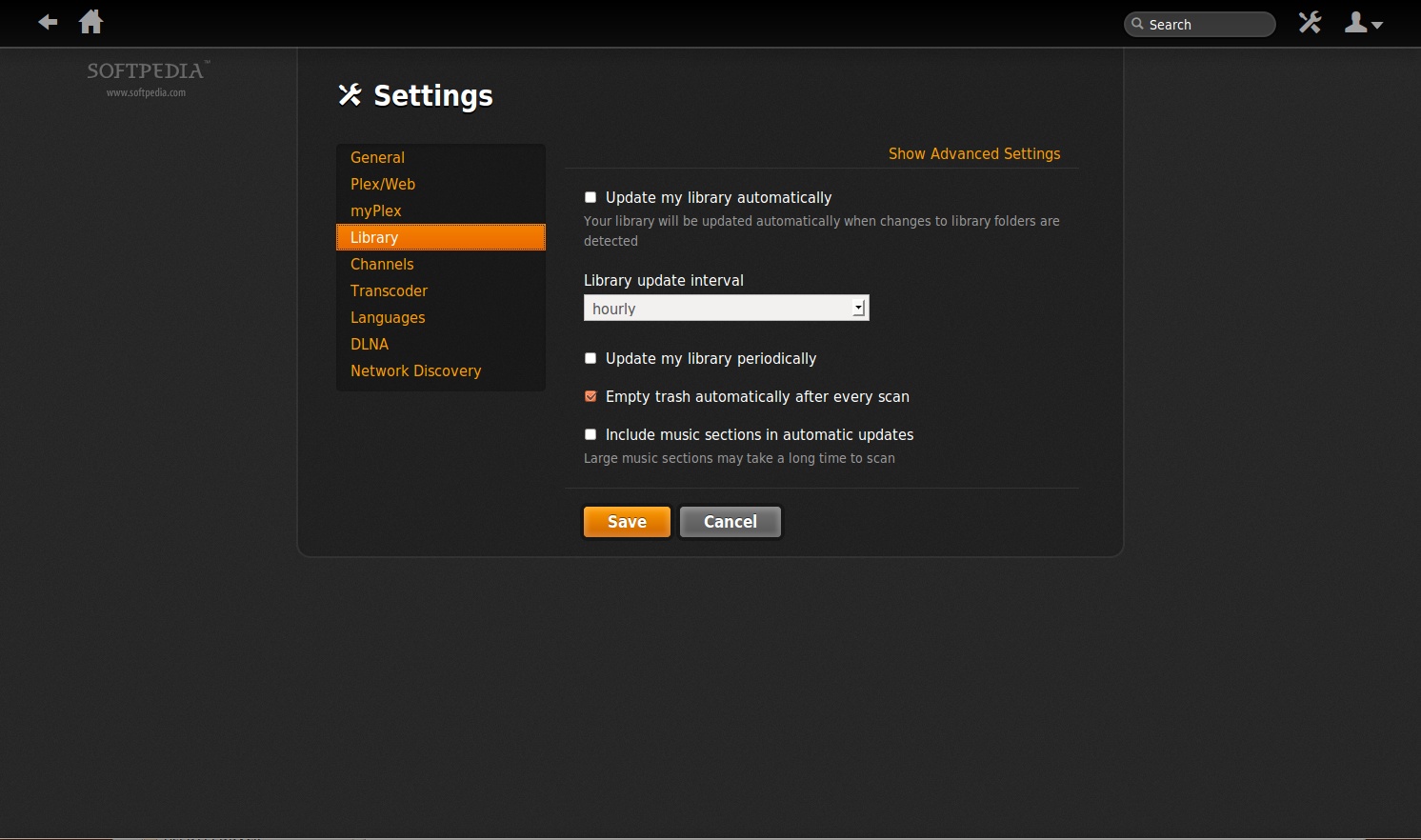


Let's take a look at what is hardware transcoding, and how you can leverage it for streaming your media. If you are new to Plex, you may be wondering exactly what is hardware transcoding? How can you use it with your Plex Media Server? Should you use that feature? Hardware transcoding was a much asked for feature from the Plex community and is one of the Plex Pass benefits.

Plex hardware transcoding is functionality that can reduce the CPU load when a video is transcoded.


 0 kommentar(er)
0 kommentar(er)
